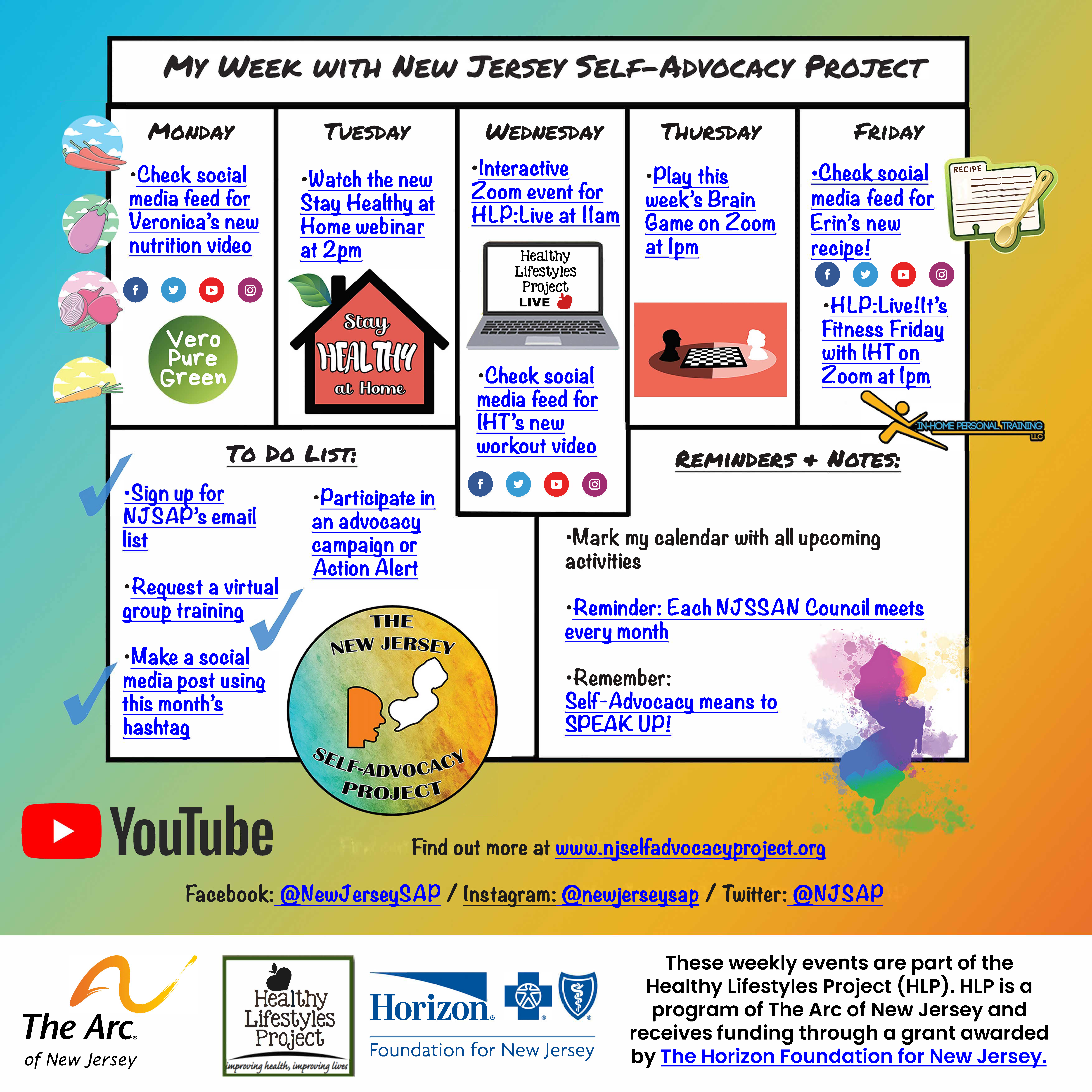
Welcome to the Positive Pulse blog! Check in with us each month for tips on healthy living, right on our website. A short snippet will be featured in the NJSAP monthly newsletter as well, which you can sign up for here.
This month's topic is braille. Braille is a writing system that uses raised dots to represent letters, numbers, punctuation and even musical, mathematical and scientific symbols. It's a tactile system that allows people who are blind or partially sighted to read and write. Braille was named after its inventor in 19th century France, Louis Braille. It is used to produce the same books and periodicals as those printed in a visual font for those who need it.
Facts About Braille
- Louis Braille was 15-years-old when he invented braille. Learn more about him here.
- Braille is a tactile code, not a language. In fact many languages including English, Spanish, Chinese, and Arabic can be written and read in braille.
- A braille cell is made up of 6 raised dots.
- Every letter, number, punctuation, and symbol can be written in braille. Braille can also change the typographical emphasis of a word or sentence (bold, italics, etc.)
- Braille takes up more space than the printed–Webster’s Unabridged Dictionary is 72 Volumes in braille!
- There are two “levels” of braille. Uncontracted braille, where each letter is represented by a braille cell, and contracted braille, a “shorthand” version of braille, where common letter combinations or words are represented by one or more cells.
Why is Braille Literacy important?
Braille literacy empowers people with blindness to access written information on their own. It opens doors to education, employment, and personal growth, enabling braille readers to participate fully in society. Mastering braille means improving communication skills, expanding knowledge, and pursuing dreams.
What does Braille Literacy look like?
In order for someone to be proficient in reading and writing in braille, they must develop tactile sensitivity. People use touch to distinguish braille characters, which means that the tips of a person’s fingers must adapt to the sensation to understand and produce it accurately. You can find braille in most areas of life. Whether through books or signage, it’s how people with blindness navigate and make sense of the world around them.
Is Braille Literacy still relevant today?
With the development of the digital age, some question the relevance of braille literacy. Why should someone read braille when there are other outlets to get the information needed? Well, why is it important for schools to teach literacy in the first place? Being literate promotes independence, cognitive development, and freedom that isn’t limited to what technology can provide. That’s why it remains as vital as ever. In fact, there’s been a braille resurgence within the past ten years or so. Braille literacy ensures equality for people with visual disabilities.
RESOURCES:

